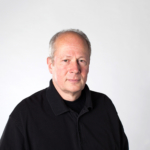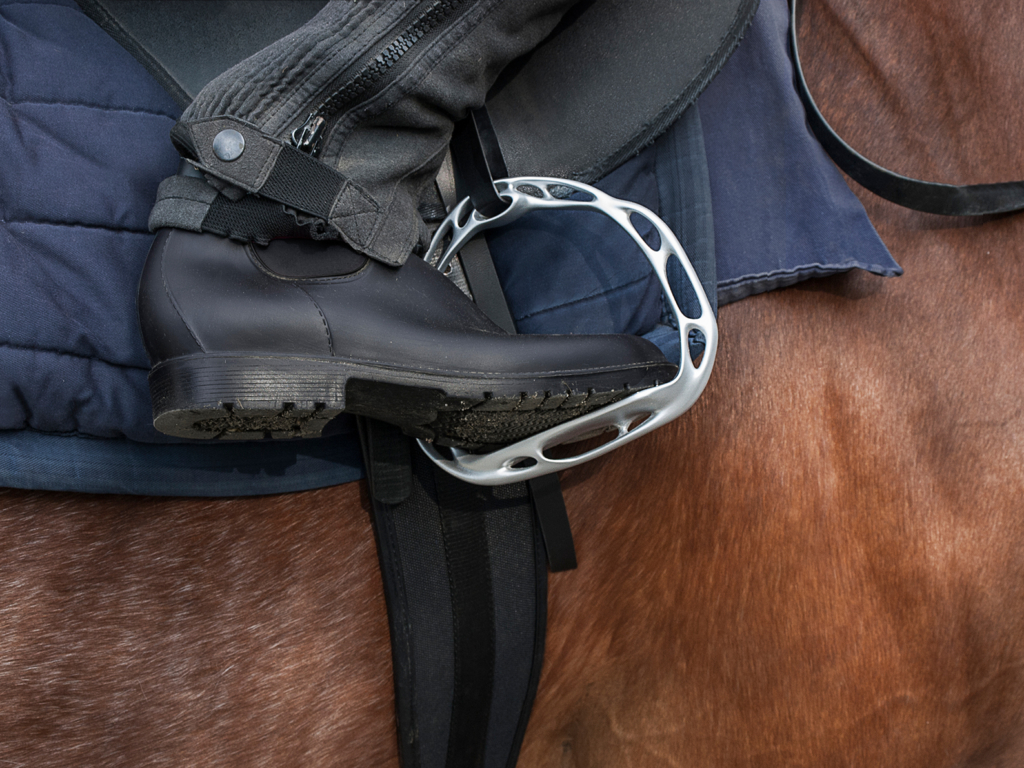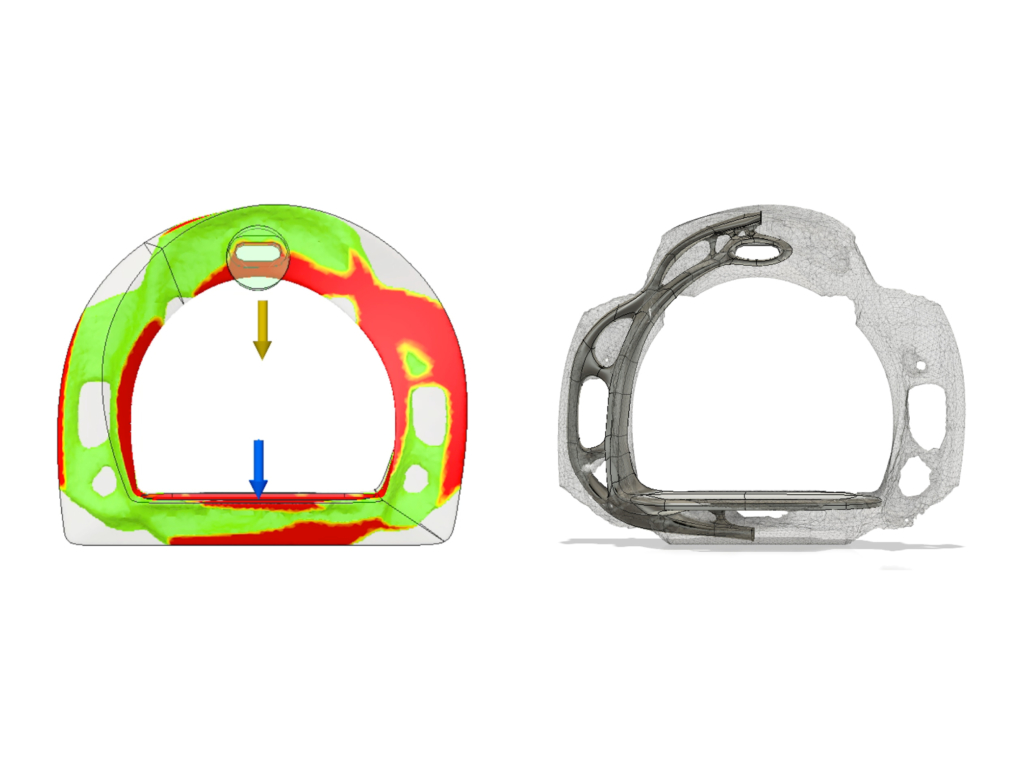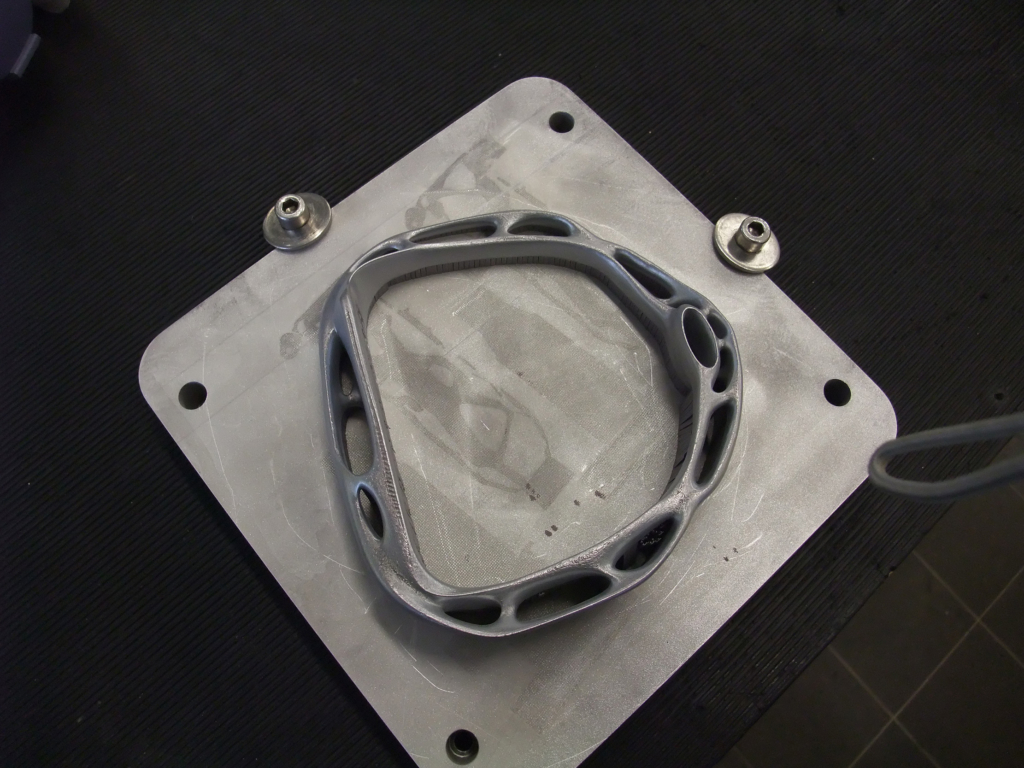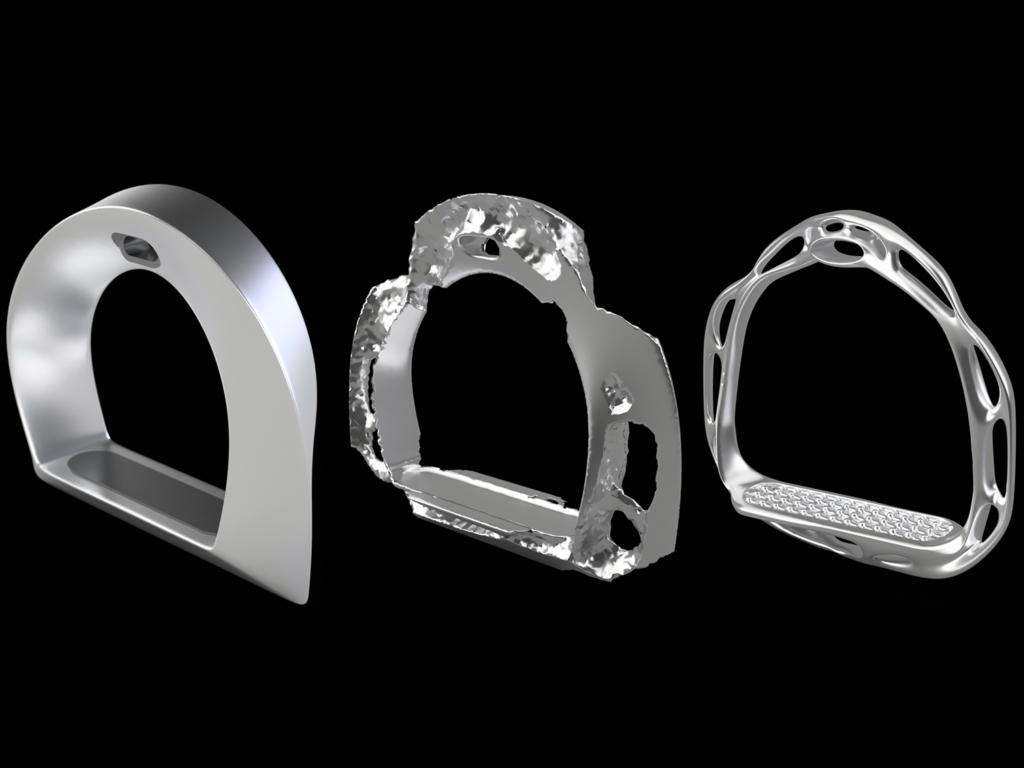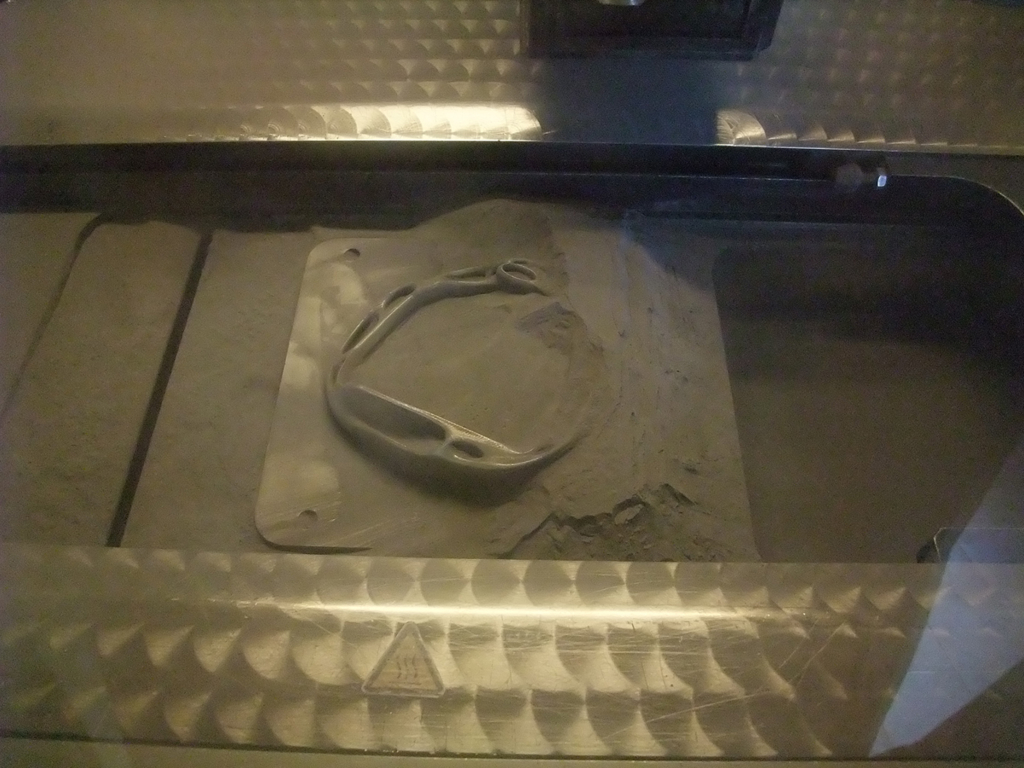The object and content of the seminar was to analyze the techniques of “Soft Kill Option“ (SKO) and “Finite Element Method“ (FEM) as a technique and opportunity for the computer-based designing and optimizing of structural components and construction units. According to this design principle, it is possible to concentrate and allocate material at only those places where the material is actually needed. That is to say: at places and in zones where the force lines are located in order to ensure the component’s stability and function. Natural structures, to be found in the structure of plants and bones, served as a model for orientation.
Since the expected grid and network structures cannot be realized and shown on analog-linear working machines, we alternatively were looking for generative proceedings to make our results and exhibits tangible. Besides experiencing and reflecting system-based, unconventional aesthetics, we could directly compare and comprehend the potential of a resource-friendly handling of material. The 16 project participants individually developed a case study for an exemplary realization, suitability, and usability of their individual project. The draft of Anuschka Heep shows all the steps and stages from the draft’s beginning to its finalization.
In concrete terms, the project dealt with the development of a stirrup in horse riding. Here, the jockey is allowed to have a weight of 56 kilograms the maximum, the equipment included. The stirrups serve as the central connector between rider and horse – with the dynamic load being very high since the jockey is standing in the saddle while riding. The basic structure of the new stirrup derived from the so called the Möbius strip, named after the German mathematician August Möbius (1790-1868). Through a rotation within its own structure, the best grip and traction can be achieved. It is also in the event of tumbling and falling that the rider and his feet will not get stuck in the stirrup, but can slide out.
In order to optimize the effects of the Möbius strip, researchers also made use of several aspects of bionics for a mathematical calculation of the expected flow of powers. It was shown that the reduction of surplus material at exactly calculated points and the usage of a grid structure within the mould can significantly lower weight. Through the sintering with the material of “Ergal“, an extremely light and high-strength aluminum alloy, the racing stirrup reaches its lowest possible weight while having its highest cohesiveness, solidity, and safety.
With kind support of the German Aerospace Center (DLR) and its labs and workshops, it was through laser-sintering-technique possible to develop a left and right stirrup at DLR’s venue at Cologne-Porz with KISD student Anuschka Heep submitting this draft/prototype to the contest of the “3D Pioneers Challenge“. The project work was ranked among the Top Thirty (submissions came from 17 countries) and was then exhibited at the “RapidTech + FabCon 3D“ trade fair in Erfurt. Following the event in Erfurt, the selected projects were shown at a nationwide road show with a presentation of Anuschka Heep’s project at German Bundestag’s Paul-Löbe-Haus in Berlin.
